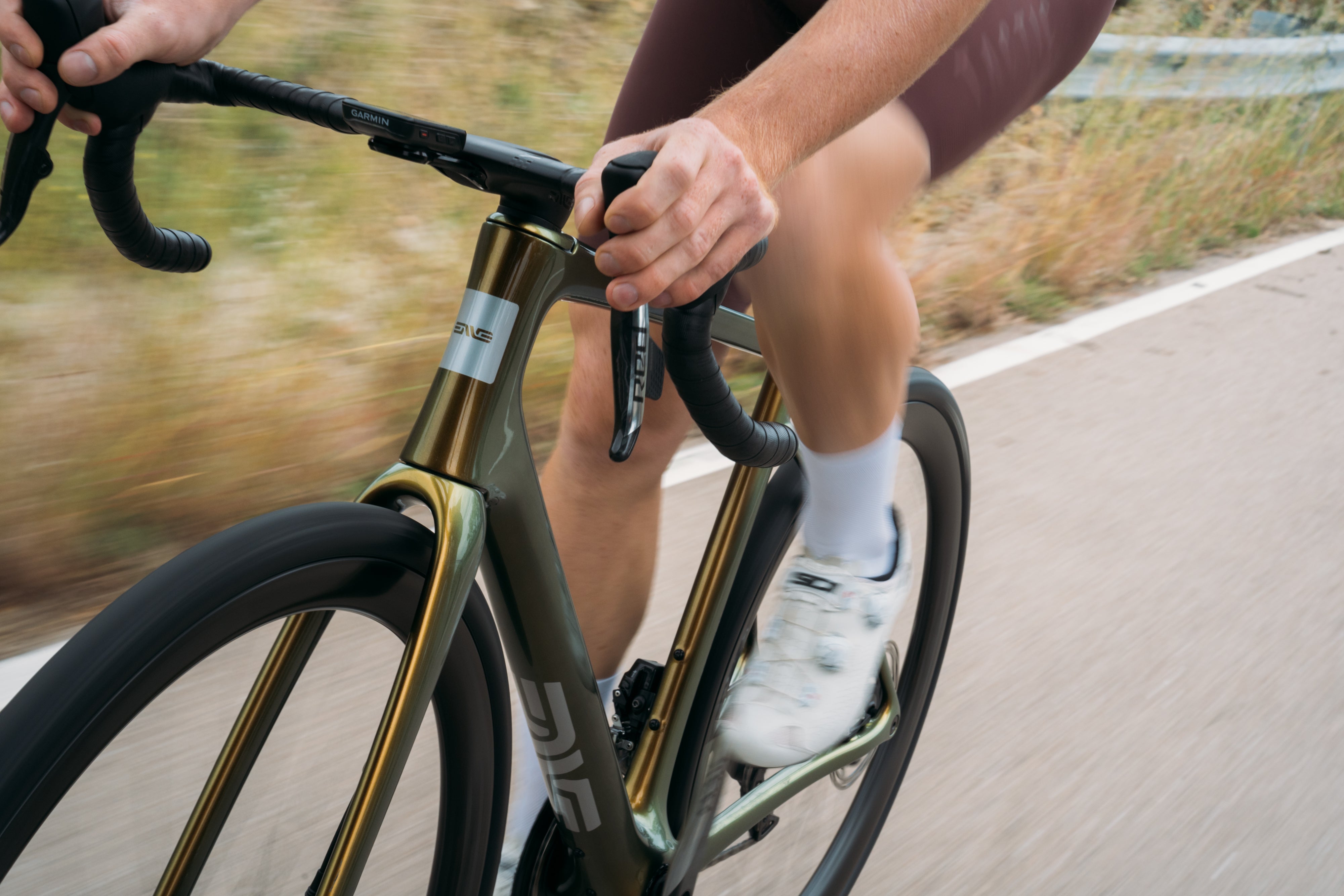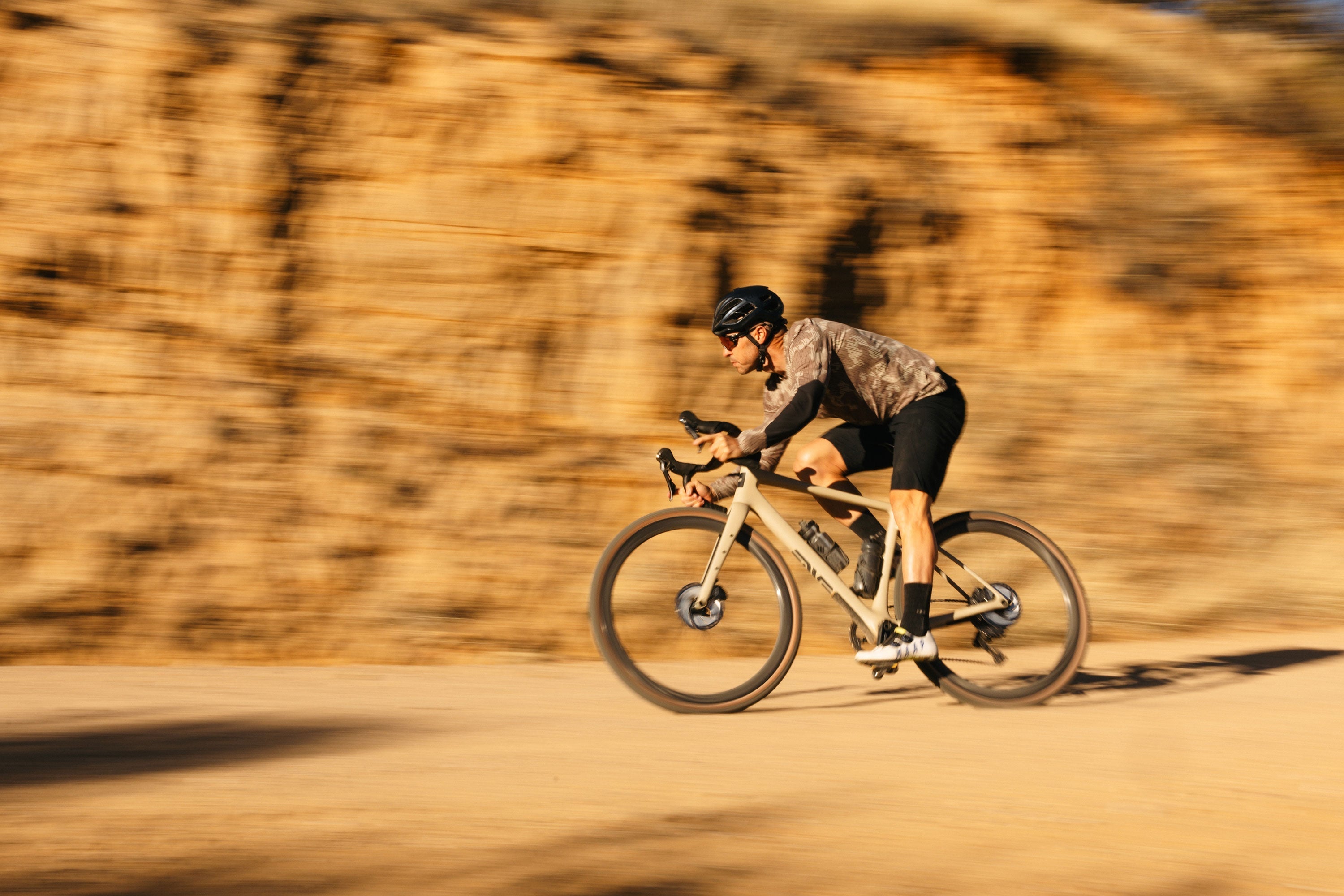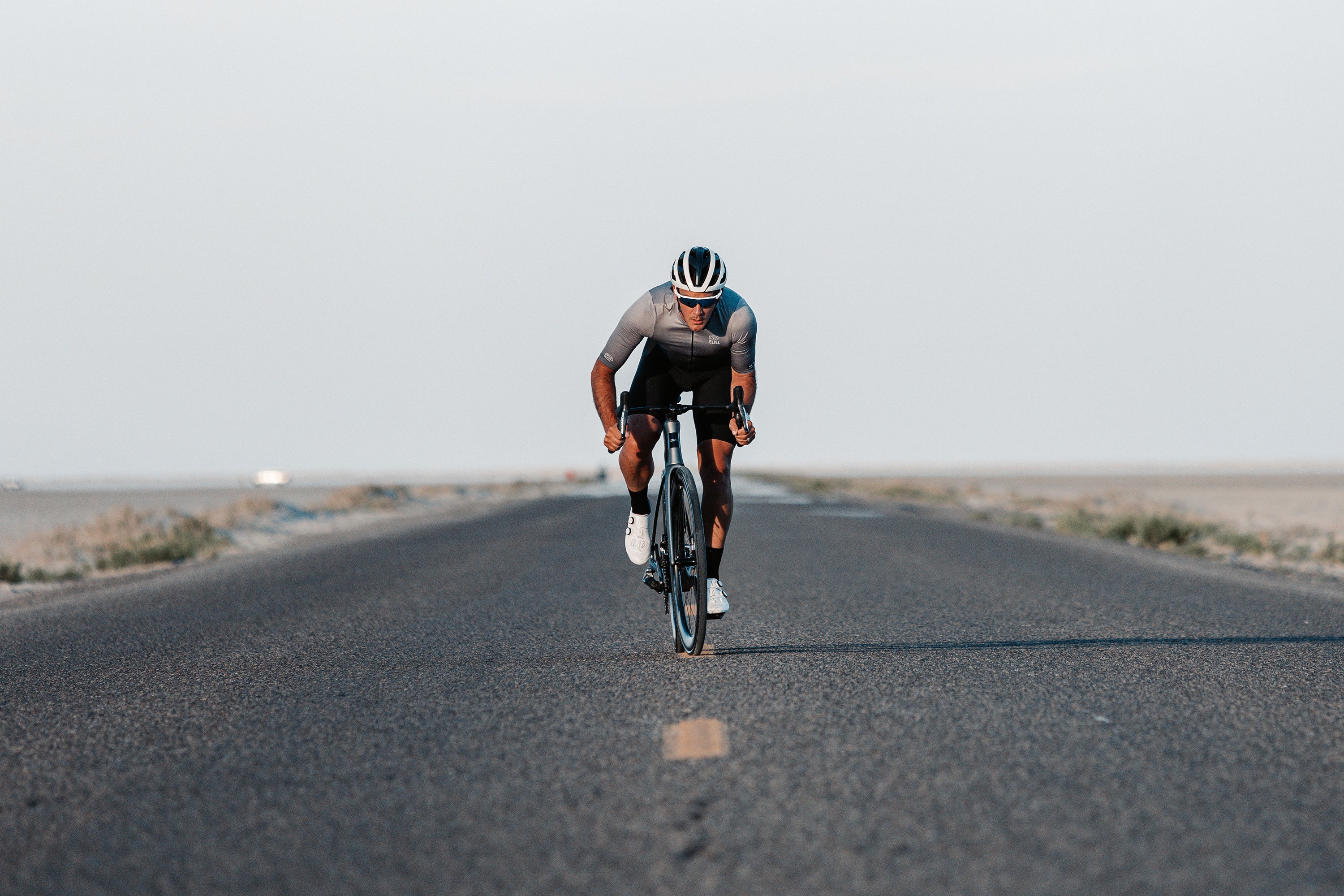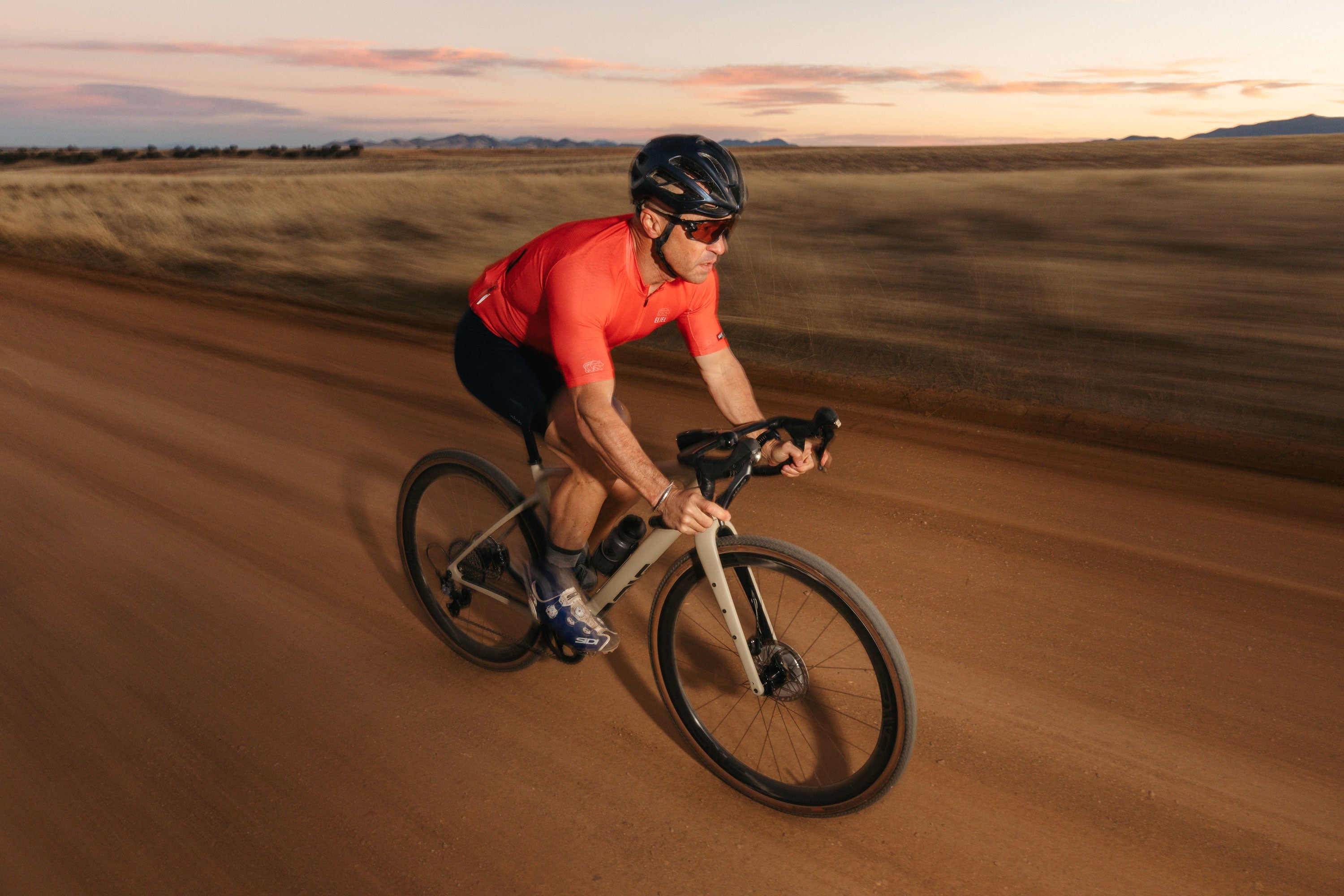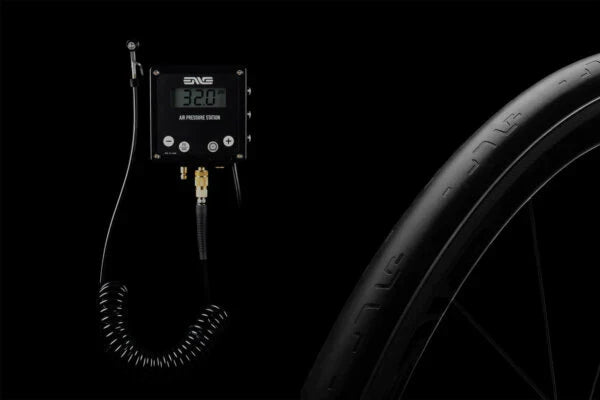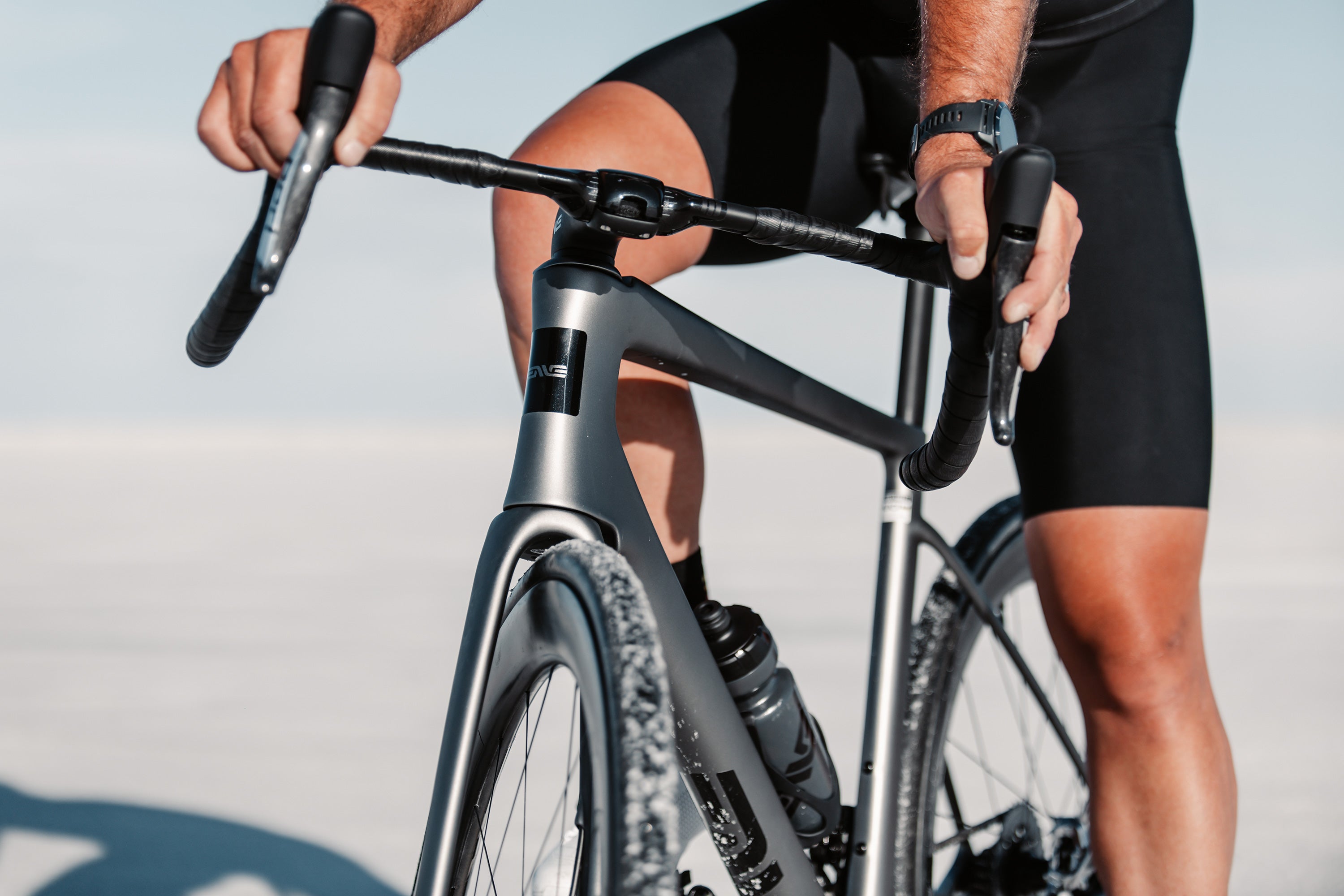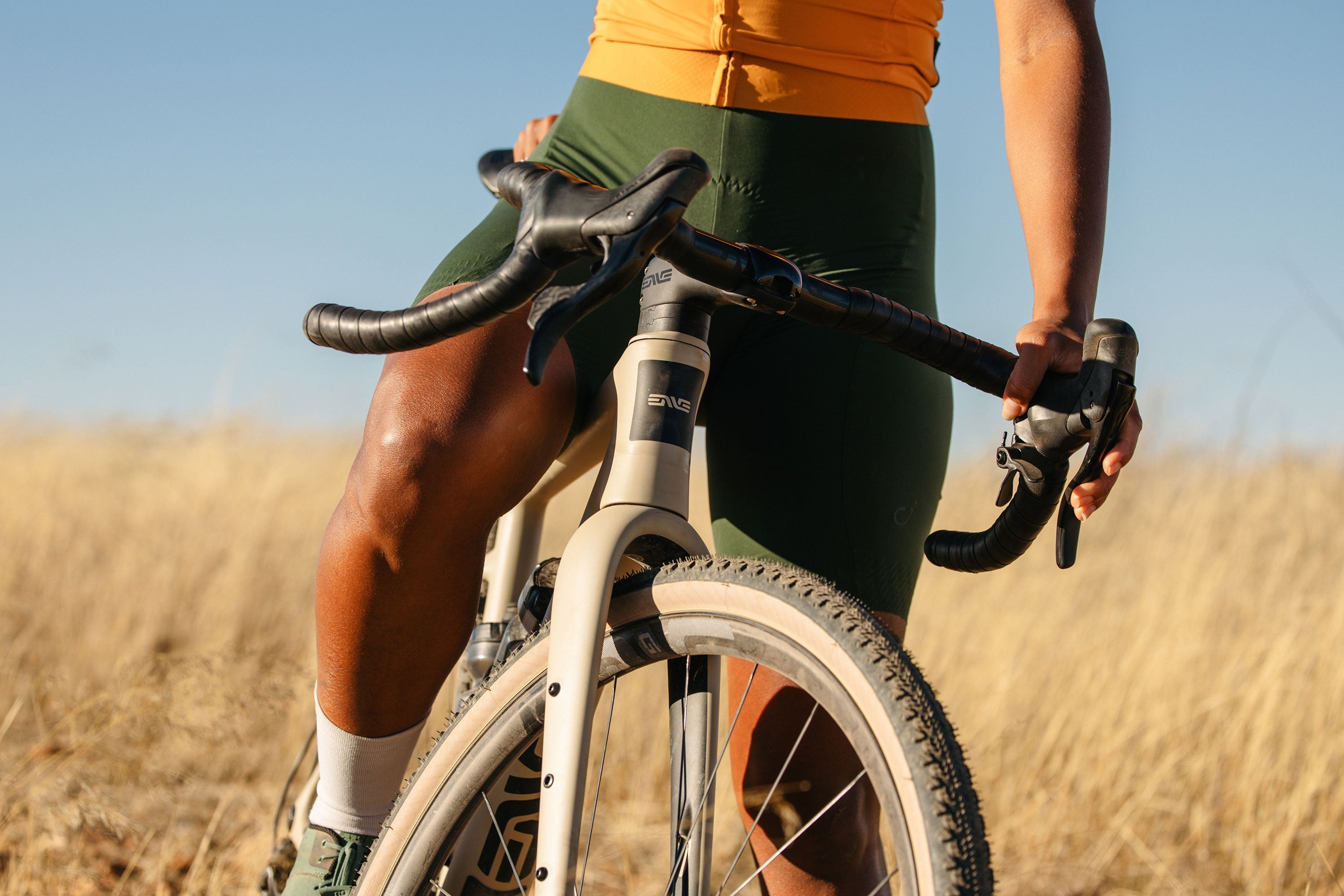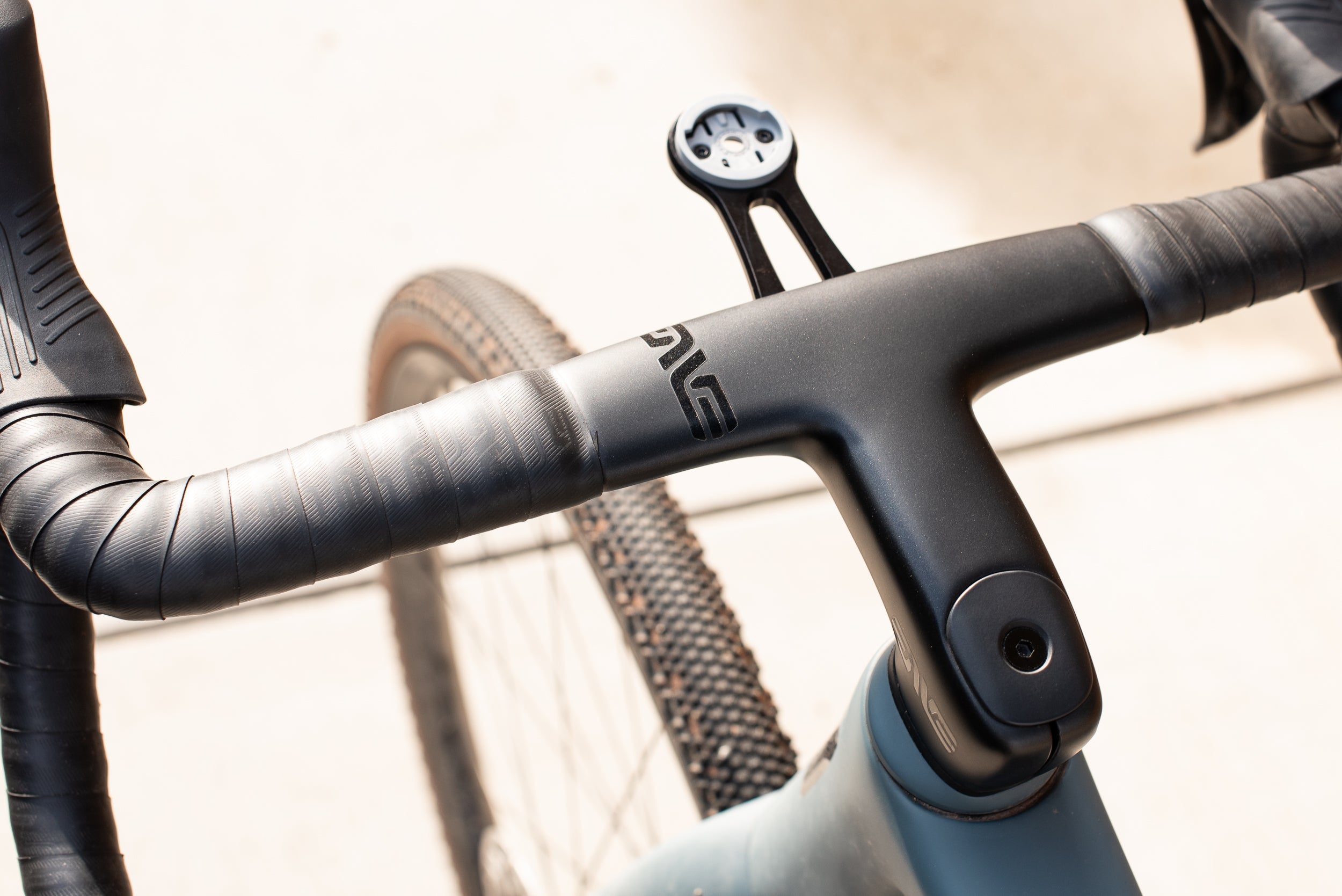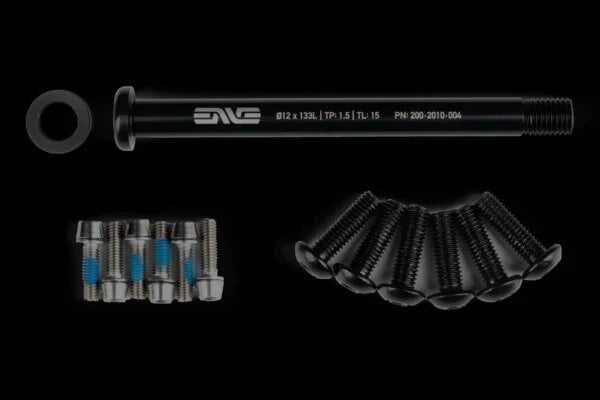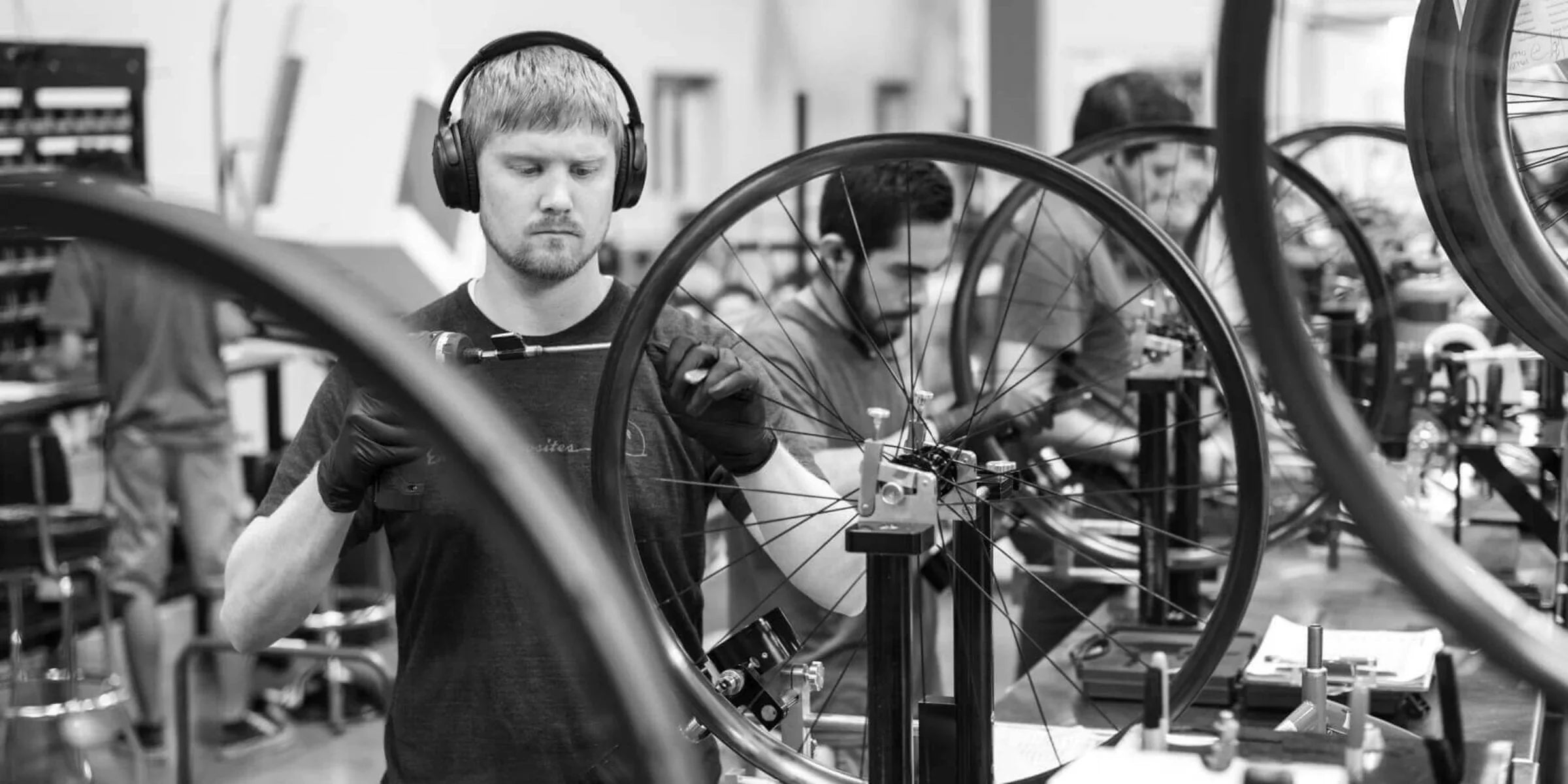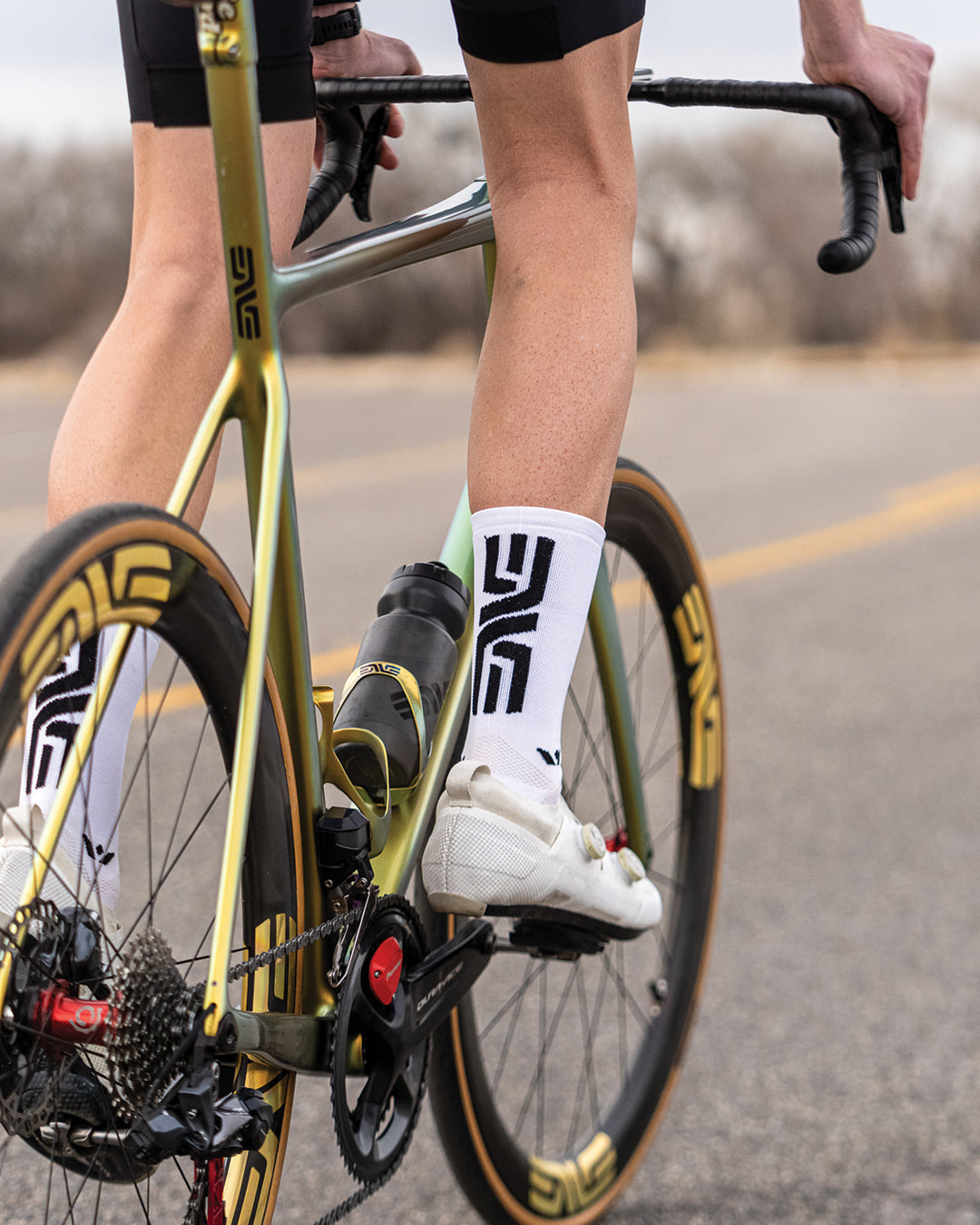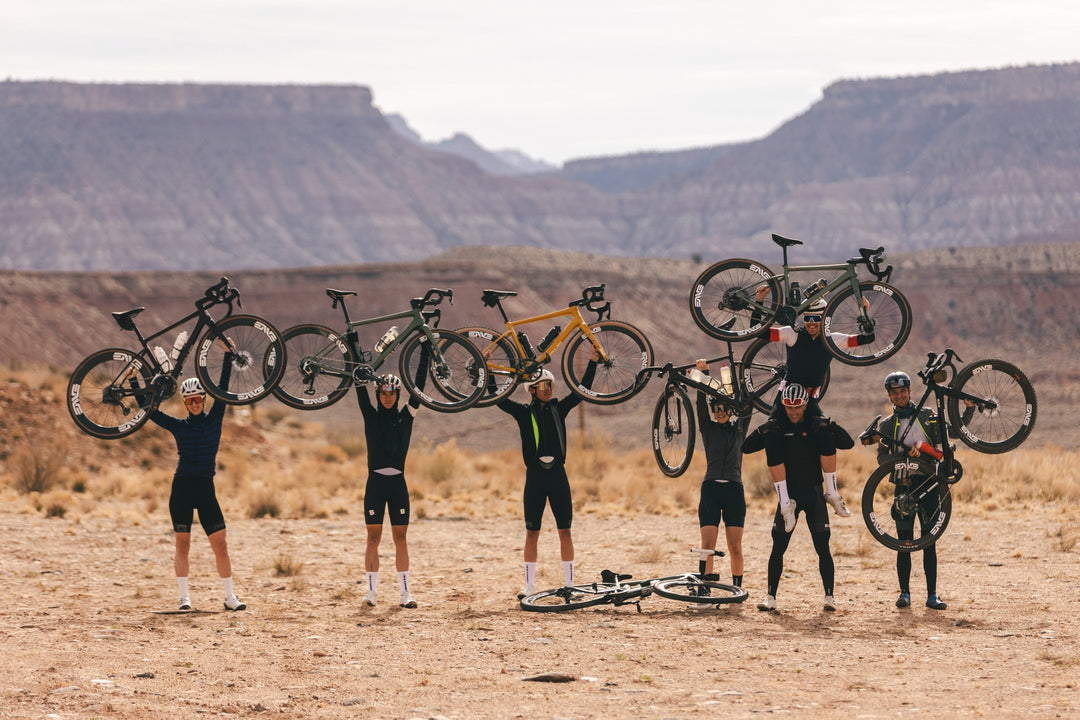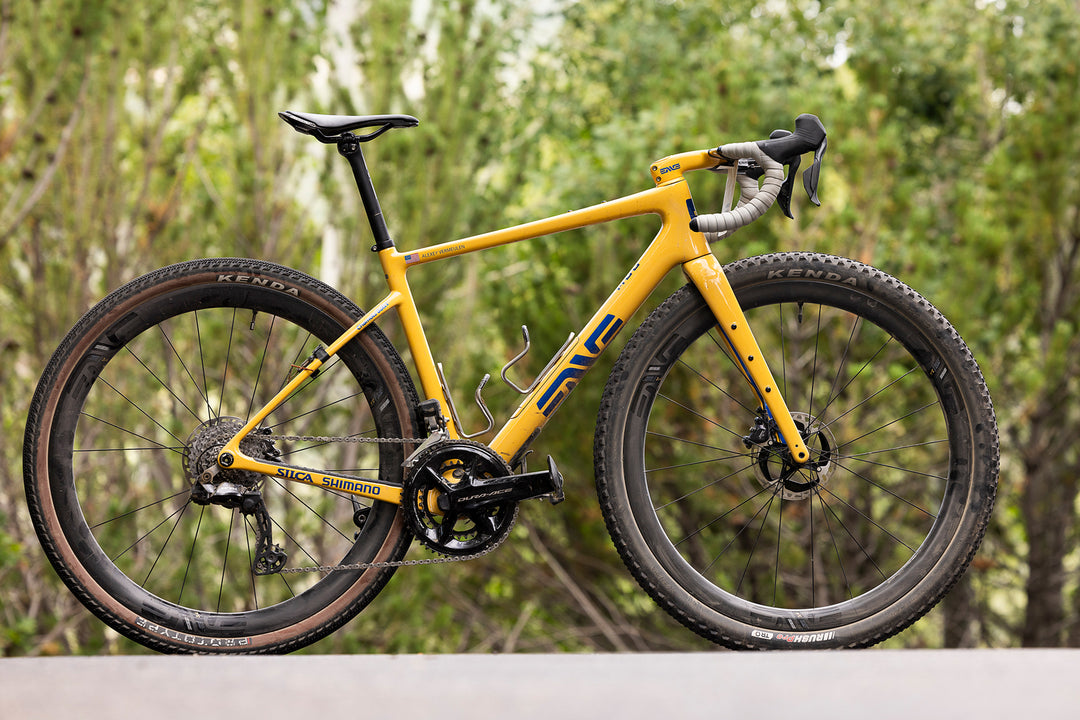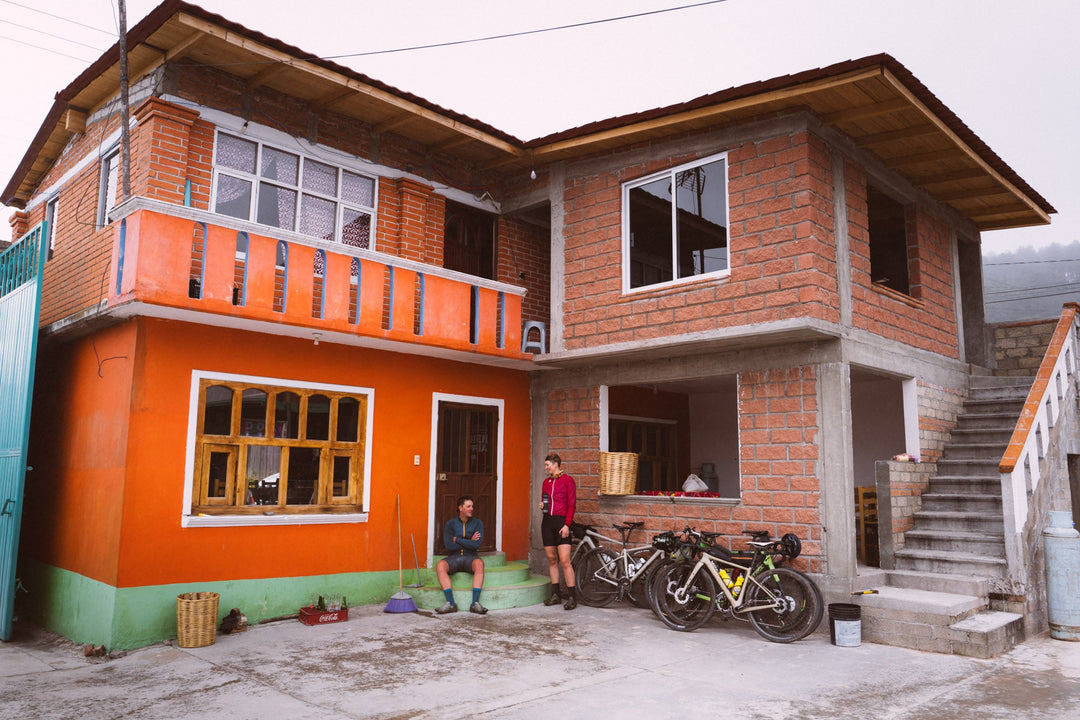What We Learned at Camp
The Belgian Waffle Ride Survival Camp
Photos by Danny Munson
There’s still nearly three months until the 8th edition of the Belgian Waffle Ride (BWR) rolls out of San Diego, but that doesn’t mean a number of riders haven’t already kicked off their preparations. In mid-January, we attended the BWR Survival Camp with 30 other campers who were looking to get course intel and guidance from the camp’s well-seasoned ride leaders and coaches.
The BWR’s 136-mile course, laced with 40 miles of rather technical dirt makes the challenges of the day quite extraordinary, which is why the Survival Camp exists in the first place. As the official wheel partner of BWR, attending camp for us was about helping to educate the riders about what the ideal bike setup might look like, and how tire width, pressure, and rim technology play a critical part. We also provided demo opportunities for campers to get on our G23 and 4.5 AR wheelsets.
By the end of the three days campers had a few critical takeaways, the biggest being that what the fastest riders use will likely not be the ideal choice for the rest of the pack.



THE PODIUM CONTENDER
It’s easy to look at the top riders and think that what they are riding must be the best way to go, right? Case in point, all seven previous editions of the BWR have been won on a traditional road bike with tires 28c or narrower in the men’s category. Does that mean you should go with a similar setup? Only if you think you’ve got a good chance of standing atop the podium. Even then, just because the event has been won on 25c-28c tires, it doesn’t actually mean that this is a faster setup than a slightly higher volume tire. Simply, it comes down to the fact that the bikes ridden to victory are being powered by highly skilled, elite riders, and their bikes haven’t been able to accommodate larger tire width and/or volume, and in earlier years of the event, the tire technology wasn’t there to provide ideal alternatives.
For the podium contender, wheel selection is key as aerodynamics become a larger factor due to the high speeds being ridden in the front group. Having a rim designed around a wider tire than what’s typically used for everyday road riding, can also yield a performance advantage. ENVE’s 4.5 AR Disc was developed for Team Dimension Data to race in the Spring Classics, specifically Paris-Roubaix, so they could benefit from the wheel’s 49/55mm depth, along with a 25mm internal width for an aerodynamic interface between rim and tire, while also providing shoulder support to the tire’s sidewall to keep handling sharp. In the windtunnel, a 28-30c tire on the 4.5 AR is going to be up to 10 watts faster than a traditional 40mm deep by <23mm deep internal width wheelset with the same size tire at 20mph.

THE REST OF US
Considering the winning time in 2018 was six and a half hours with an average speed of over 20mph, the difference between that and the median finishing time of over nine and a half hours means that there is a large number of riders that could benefit from other features beyond outright speed and aerodynamics. For the majority of the 1,200 riders that will be on the start line, striking a balance of efficiency on the pavement and confidence in the dirt is essential. That might mean different things to different people depending on the level of ability in the dirt. For some, a 32c tire could be enough, while for others it’s a 36-40c that will provide that level of confidence.
ENVE’s G23 was introduced last year and targets the needs of gravel riders, or more specifically, those wanting to ride tires in the 32-45c range. Although the 25mm rim depth of the G23 doesn’t produce the same aerodynamic benefits as the 4.5 AR, at just over 1,300 grams it’s the lightest wheel in ENVE’s line, which considering there’s over 10,000 feet of climbing on course, the low weight becomes a notable attribute. Even more important, the G23 has features that focus on compliance and flat prevention through a technology called Wide Hookless Bead that significantly reduces the potential for a cut tire sidewall when pinched between a rock and the rim.
Typically, going below the 50 psi range in a 32c tire, regardless if it’s tubeless or not, would spell disaster in the case of a rock strike that bottomed out on the rim. Of the dozen or so Survival Camp riders that rode the G23s, all were in the low 40 psi range, which offered superb traction and handling in the dirt without a single rider suffering a flat tire. Having a superior-riding wheel that isn’t going to leave you on the side of the trail with a flat can be a game changer at BWR for the vast majority of riders out there.



FATIGUE REDUCTION
Regardless if you fall under the “podium contender” or “the rest of us”, the BWR is a lot of time in the saddle, and even more significantly, it’s a lot of time being bumped and jostled in the dirt. Micro-vibrations add up and can have a significant effect on your body late in the ride. Comfort isn’t a word industry brands like to throw around because it generally has a negative connotation since to some, comfort must come at the expense of performance. Yet, if you were to ask any of the pro riders that race Paris-Roubaix how important comfort is they will tell you that it’s an essential part in getting to the end with good legs.
At the BWR, your body will endure a ton of abuse, much more than it’s used to in any other ride or event you’ll do, and having adequate tire volume along with the correct pressure are two things that will help reduce fatigue throughout the day. Additionally, your handlebar plays a key part in this considering it’s where nearly all of the feedback between bike and rider comes from. Even though the BWR is not technically a “gravel event”, some of the very features ENVE applied to their Gravel Handlebar can provide a notable benefit. The bar’s improved hand positions along with a construction optimized for compliance help achieve additional comfort that can make all the difference.




